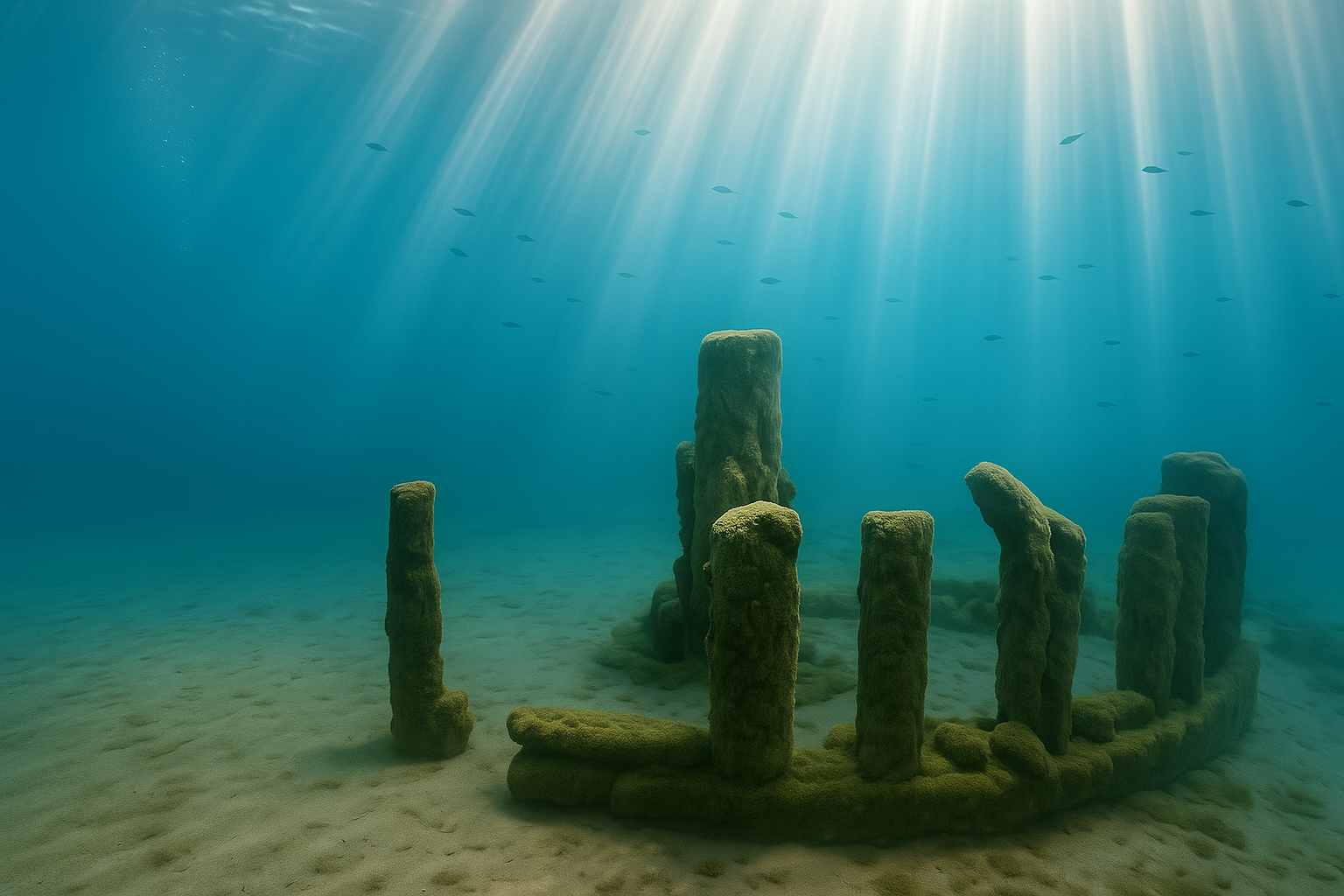(Private entry, before notification of the Order)
The Shipwreck Congress banquet had its expected trimmings: speeches that ran too long, applause that fell flat, and pipe smoke drifting lazily toward the chandeliers. But it ended with something altogether different.
As the hall began to thin, a man in a gray suit intercepted me with the precision of a clock. He spoke little, only enough to press a metallic briefcase into my hands. “By directive of the guardians. You are entrusted.” His words were clipped, his manner practiced, and then he was gone, folded back into the crowd as if never there.
I was not the only recipient. Across the room I watched Rebecca Hemsdale of the GLRC receive an identical case. Our eyes met, hers bright with that infuriating mixture of poise and triumph, and then she turned away. Several colleagues, both Order and Consortium, saw the exchanges but acted as though nothing had happened. That is the scholar’s instinct when confronted with the inexplicable: to pretend blindness until a safer context appears.
Later, at the Rawley Chapter House, I unlatched the clasps. Inside lay encrypted bathymetric tracings, sonar stills, and a directive whose authority could not be mistaken. The language bore no signature, but it carried a weight I recognized: the cadence of those who guard heritage and submerged memory.
Who had arranged it? I do not know. I can only speculate, and I do so with care. There are a handful of stewards and institutions who have kept the bay’s secrets for years: the archaeologists who first recorded the stones, the agencies charged with submerged resources, and the Tribal stewards whose guardianship of these waters is older than our ledgers. Any one of them, or perhaps a careful coalition, might have decided the site required limited, chosen eyes. But these are only suspicions. The case itself offered no name, only the grave expectation of entrusted responsibility.
The directive was clear: a joint survey of Grand Traverse Bay. The Little Concord is to descend for underwater observation. The GLRC will command surface operations aboard their advanced vessel, and, galling as it is to write, transport us to the site. The guardians ensured cooperation by attaching incentives of a scale neither society can ignore. The findings are to be presented jointly at a national conference, featured in an upcoming documentary, and advanced to journals of significant prominence.
Thus, we are bound together. The Order, with its ledgers and ceremonies. The GLRC, with their clipboards and clipped speech. Already I can imagine the barbed courtesies, the sideways glances, the quiet sabotage masked as professional disagreement. And yet, even as rivalry grinds, the stakes are too great to fracture.
The formation in question has long fascinated me. First surveyed in 2007, forty feet beneath Grand Traverse Bay, a circle of stones aligned with improbable order, one of which bears markings some argue resemble a mastodon. Are they glacial erratics, or evidence of deliberate placement on land long since drowned? That debate has lingered precisely because access has been controlled. And now, improbably, I am to see it with my own eyes.
My pulse quickens at the thought of recording such a site in the ledger, of standing before colleagues at a national gathering with something more than theory. Yet the excitement is tempered by the burden of haste. The directive is bound to time: the work must be completed before the November gales. Weeks, not years.
Already, in solitude, my thoughts break into lists. Ballast checks. Oxygen inventories. Ceremonial logbooks. Insurance contingencies. Etiquette for boarding a GLRC vessel without surrendering dignity. I hover between ambition and paralysis, but for tonight the case remains locked and the knowledge mine alone. Tomorrow, once the Order is told, nothing will remain simple.
-A.Corvus
